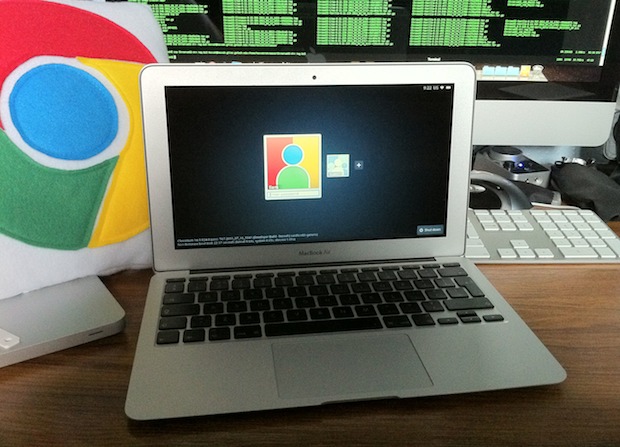

Your first option is to carry on using your outdated Mac regardless of software status. So if you find yourself in this situation, what should you do? Option 1: Keep Using an Outdated Version of macOS
What is the os for macbook air for mac#
This suggests that many other “minor” security issues could go unaddressed for Mac users on older versions of macOS. Apple can make calls like this based on how many people are still using the software and how severe the security issues are.Ī glance at Apple’s register of security updates reveals that this doesn’t happen too often. In November of 2020, Apple issued a security update for macOS High Sierra, even though it was three versions behind the latest release (Big Sur) at the time. Sometimes, Apple will update versions of macOS that fall outside of the two-year cutoff. The latest version of macOS will get more comprehensive updates like performance tweaks and bug fixes.

The two older versions will continue to receive occasional software updates, which mostly focus on security fixes. Do Old Versions of macOS Get Updates?Īpple’s track record suggests that the company will update the latest version of macOS plus the previous two versions. These include iMacs from 2014, the 2013 MacBook Air and MacBook Pro, and 2015’s MacBook. As an example, the 2021 macOS Monterey update drops support for several machines that were compatible with the previous version (Big Sur). This generally happens once the machine is seven or eight years old. At that stage, these machines are potentially “stuck” on the last compatible major release forever. As modern machines become more powerful, there comes a point when older machines simply aren’t up to the task anymore. MacOS is designed first and foremost for Apple’s latest computers. These upgrades happen once per year, normally around October, and they have a new name like Catalina, Mojave, or Big Sur. Apple has no official written policy on what happens when your Mac is no longer supported by major operating system upgrades.


 0 kommentar(er)
0 kommentar(er)
